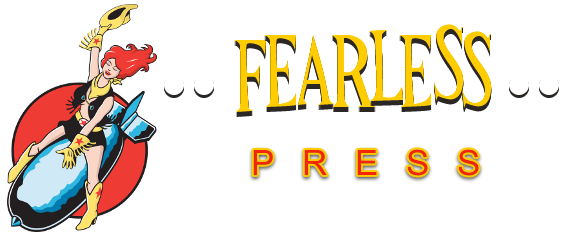By Erin Fae
As a rule, I don’t like digital art. I find it too artificial and long for a sense of the artist’s hand. However, Ray Caesar may change the way I feel. The Toronto-based artist creates stunning portraits of great sensuality and fantasy using his computer.
Caesar sees the computer as a tool without limits that allows him to play and work “automatically.” He has said that he doesn’t think of the digital aspect as his medium, but as the technique he uses to carry out his visions. His pieces start out as pen on paper, an idea. Then, using Maya (a 3D modeling software used for digital effects), he builds models of his figures, and drapes them in rich fabrics, textures, colors—life. His women seem to be made of porcelain, and he places them in meticulously-rendered environments. The results are a beautifully composed and otherworldly works of art.
Caesar’s works have a painterly quality. If not for the digital element, one might mistake his era. He draws inspiration from many decades: 1940s Hollywood glamour, with red lips and white pearls; the underclothes of the 1950s, with raised dresses and tight garters, and shades of Rococo that would make Marie Antoinette blush.
The works are dreamlike. Here, fantastical, sensual and fetish themes overlap seamlessly. Imagine: a regency-era scene, a girl sits alone, the top of her dress coming undone, her skirt hiked up by a sinuous tail and pink ass revealed [A Familial Affectation (2011)]. A masked girl lies with her legs up in the air on a chaise lounge, her slip falling in tendrils around her [Mourning Glory (2008)]. A young dominant in red white and bows mounts her slave in a 1930s living room–saddle, riding crop and all [Side Saddle (2008)].
I always discover new details when I revisit these works. They seem to be carrying secrets that can only be discovered through repeat investigations. Perhaps this is what I most appreciate about Ray Caesar’s images. It is not just that he’s made me believe that a digitally created work is akin to a painting, but that he plays with the curiosity of budding sexuality and always makes me look a little deeper.
